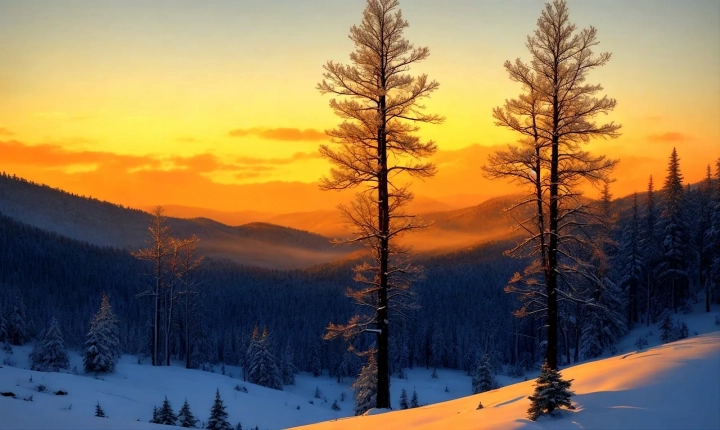Creating Raster in Adobe Illustrator: A Guide for Graphic Designers
Adobe Illustrator is a powerful tool for graphic designers, allowing them to create stunning vector-based graphics. However, there are times when designers need to work with raster images within Illustrator. Raster images are made up of individual pixels and are commonly used for photographs and detailed graphics.
In this article, we will discuss how to create and work with raster images in Adobe Illustrator.
Importing Raster Images
Adobe Illustrator allows designers to import raster images such as photographs, scanned drawings, and other pixel-based graphics. This can be done by going to File > Place and selecting the desired image from the file browser. Once the raster image is placed on the artboard, it can be resized, rotated, and positioned as needed.
Converting Vector to Raster
In some cases, designers may need to convert vector graphics to raster images. This can be done by selecting the vector object and going to Object > Rasterize. Illustrator provides various rasterization options such as resolution, color mode, and anti-aliasing settings. Designers can choose the appropriate settings based on the intended output and quality requirements.
Creating Raster Effects
Adobe Illustrator offers a range of raster effects that can be applied to vector objects. These include blurs, textures, and grain effects that can add a realistic and tactile feel to the artwork. Designers can access these effects by going to the Effect menu and selecting the desired raster effect. This allows for the creation of complex and visually appealing designs that combine both vector and raster elements.
Working with Raster Brushes
Illustrator provides a variety of raster brushes that can be used to create organic and textured strokes. These brushes can be applied to paths and shapes to add depth and visual interest to the artwork. Designers can access the brush library by selecting the Brush tool and choosing from the available raster brush options. Custom brushes can also be created by importing raster images and defining them as brushes in the Brush Options panel.
Exporting Raster Images
Once the artwork is complete, designers can export raster images from Adobe Illustrator in various file formats such as JPEG, PNG, and TIFF. This can be done by selecting File > Export and choosing the desired raster format. Designers can specify the resolution, color mode, and compression settings to ensure the exported image meets their requirements.
In conclusion, Adobe Illustrator offers a range of tools and features for creating and working with raster images. Whether importing, converting, applying effects, working with brushes, or exporting, designers can leverage Illustrator’s capabilities to seamlessly integrate raster elements into their vector-based designs. By mastering these techniques, graphic designers can enhance their creative workflow and produce visually compelling artwork that combines the best of both vector and raster graphics.
